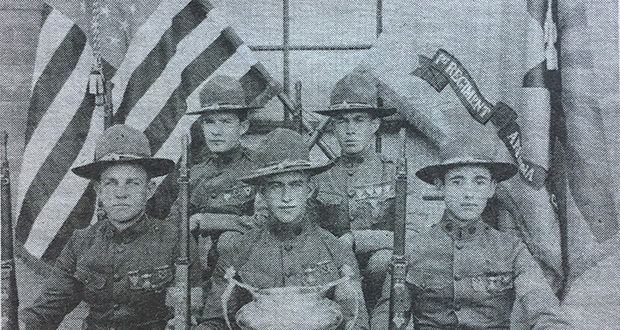The Summer of Terror
Arizona Capitol Reports Staff//January 19, 2007//[read_meter]
The Arizona State Prison in Florence where the Jesus Maria Barboa was held after two particularly brutal murders. Before air conditioning, people who spent the summer in Phoenix either slept...
No tags for this post.

















